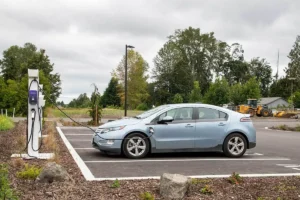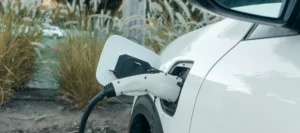
Fully charged: Your ultimate handbook to Victoria EV charging stations
Discover all of the Victoria EV Charging stations: from locations, to costs and types, this guide has everything you need

Elevate your talent attraction and retention with free employee benefits. Uncover a platform that effortlessly entices, engages, and retains your valuable staff.
Get a free demoSee how leading healthcare organisation Healius turned turnover into triumph with Flare.
Read Healius’ storyDevelop your business skills and HR expertise with the Flare Benefits Resource Hub. Get access to helpful tools, articles, guides, webinars, and other on-demand resources that can help your business attract, hire, and retain top talent.
Explore insights from our comprehensive survey of 1500+ Australian workers across a variety of industries, revealing the benefits that genuinely make an impact.
Still haven't found what you're looking for? We're here to help.
Get in touch
Discover all of the Victoria EV Charging stations: from locations, to costs and types, this guide has everything you need

Explore the tangible connection between sustainability and employee engagement through a comprehensive study of over 1,500 working Australians conducted by

Discover everything you need to know about EV charging stations in NSW. Find out locations, charging types, costs, and more.

Author: Compare Club Overview Although it can be frustrating having to wait a certain amount of time for a procedure,

Author: Compare Club Overview Pretty much anyone in Australia is eligible to access great healthcare through our public healthcare system,

Author: Compare Club Overview We know you’ve probably landed on this page because you’re looking for the best health insurance